At the beginning of the 2000's, one witnessed an explosion of creativity, which borrowed from Steampunk, Cyberpunk and Punk-rock trends; an explosion of style influenced by the geek culture, which nursed a new generation of watchmaking.
But since this crazy era (which will remain a case study for the collectors and historians 100 years from now), the economic crisis occurred and as such, the creative bellow deflated a bit.
Now, in this nostalgic era worried about the future, the new trend is towards the Neo-vintage. Style in general is an everlasting renewal, but nowadays in watchmaking, one witnesses an eternal copy/paste: not only for the best (Tudor Black Bay, Panerai PAM372), but also and often for the worst (let's remain prude...)
So, currently, watchmaking seems to be lacking in inspiration, as it has been confirmed by the gloomy Baselworld 2012, only brightened by Tudor or HYT...
But up there, almost hidden on the second floor of Baselworld's main hall, one could make an amazing or even mind-blowing discovery: Manufacture Rodolphe Cattin.
The only features that distinguished the Cattin booth from the others were two potted round shrubs and two white porcelain French bulldogs! All resting on the floor and therefore (strategically) level with the eyes of the exhausted blogger, overloaded with press releases...
Like the HYT booth, MRC's is entirely dedicated to the universe of the founders, Thomas Meyer and Rodolphe Cattin.
The latter, who gave his name to the manufactory, is not a newcomer in the world of watchmaking: he worked several years in the Franck Muller group as a designer, already with his own brand.
Today he returns, more than ever with a brand cast in his own image. Indeed, MRC is developing a neo-baroque style never seen before in the watchmaking industry. Rather than going for the ultimate streamlined design, Rodolphe Cattin carefully works on every detail of his watches, nothing is left to chance; if Genta's style is the equivalent of Luther Vandross', Cattin's style is closer to Renzo Piano's.
For that matter, let's start just for once with the women's watches:
The Adore Tutti Frutti 40mm is MRC's vision of the "TV Screen" women's watch.
Contrary to an MB&F HM2, which would infiltrate us into the technical areas of a building in a Cyberpunk world, or unlike a Hautlence HL2 which would dive into the foggy streets of a Steampunk London, the Adore Tutti Frutti invites us to a costume party theme...
This watch is 40mm by 35mm or so, the purple dial contrasts with the bezel's black stones. The subtle association of light purple, black and dark purple renews the watch with feminine colors in an interesting way.
Instead, the Utopia, also Tutti Frutti, sends us on vacation to paradisiacal islands, populated by naiads and their horns of plenty. It revisits the "pillow case" already utilized by Rodolphe Cattin, but more comprehensively, as the case is almost totally made of curves: from the lugs to the bezel, through the aperture and the sub-dials, it is difficult to find a sharp angle. With its 40mm, a relatively large diameter (for a women's watch) and its spherical lugs, the case looks very thin, even more so as it is cambered. The "Tutti Frutti" setting suits the offbeat style very well and provides the jewelling with a far less constrained image. In its mechanical version, the Utopia displays two independent time zones.
The flagship of the Rodolphe Cattin range is of course the Big Date GMT. During the Baselworld tradeshow, we seriously asked ourselves on Facebook, with a bit of provocation: "Who has the largest....Date?"
So far, the question remains unanswered (a more complete inquiry will come within a few months). Until now, the German (Lange, GO, Moser) cornered the Grande Date market, with very Saxon designs to be conjugated in the past-classic tense. There was almost no Swiss-French offering (yet, one could mention the Parmigiani Tonda QA and its Grande Date with hand) for an alternative with a more contemporary design than the German productions.
Hence, this Big Date is a sizeable (!!!) alternative to the German offerings, to which Rodolphe Cattin replies with a certain Latin irony.
The watch is indeed very demonstrative regarding its dial (contrary to the Saxons), as the system of disks of the Grande date (the disks are perforated, not painted) is entirely visible through its aperture. Contiguous to the 24-hour ring (for the GMT), the mother-of-pearl railway reinforces the offbeat style of the piece. Finally, the caliber is still a Concepto customized after MRC wishes; accordingly, the sanded bridges alternate with the polished bevelings, a finish also performed on the case. Besides the Grande date, the caliber features a GMT function displayed by the superb blued hand.
The watch revisits the MRC pillow-case, with its specific lugs which remind us of Parmigiani's when seen in photo, but which are totally different in real life. You will notice the complexity of the case's details and the alternation of polished and brushed surfaces, like the middle on the crown side. When you wear it, the watch is quite impressive, as it is a 45mm piece; however, it looks only like 43mm thanks to the PVD coating of its steel case.
The Witness One tourbillon features the same case as the Big Date (still 45mm), but goes much further in the "fusion" between the movement and the case.
Indeed, the middles' polished bevels look like they extend through the skeletonized tourbillon, the visual coherence is complete. And as a result, the tourbillon, the barrel and the hands, all of them in different colors that contrast with the overall grey, are particularly highlighted. For that matter, the watch is available in steel and in white or rose gold. The latter should be avoided, to keep the focus on the main parts of the mechanism. This one-minute tourbillon spins at 21600v/h, a rather slow rotation that fits very well the easy-going atmosphere at MRC.
For its beginnings, the brand Rodolphe Cattin cases-up Concepto movements, in an attempt to keep its overall production in the Canton of Neuchatel. Another noticeable fact is that the range includes more versions for women than for men. As such, special attention has been given to these models. Rather than downsizing the men's models and fitting them with jewels and quartz movements, Rodolphe Cattin developed a specific design (particularly successful) entirely dedicated to the women's line.
The challenge which MRC undertook is to work after the recipes from the 19thcentury (production within the canton, traditional complications), with an offbeat pioneering design. Let's bet that these products will be able to open themselves to the emerged markets, of course, but most of all to new types of customers awaiting new blood.
 Registracija
Registracija Help
Help


 3Likes
3Likes LinkBack URL
LinkBack URL About LinkBacks
About LinkBacks
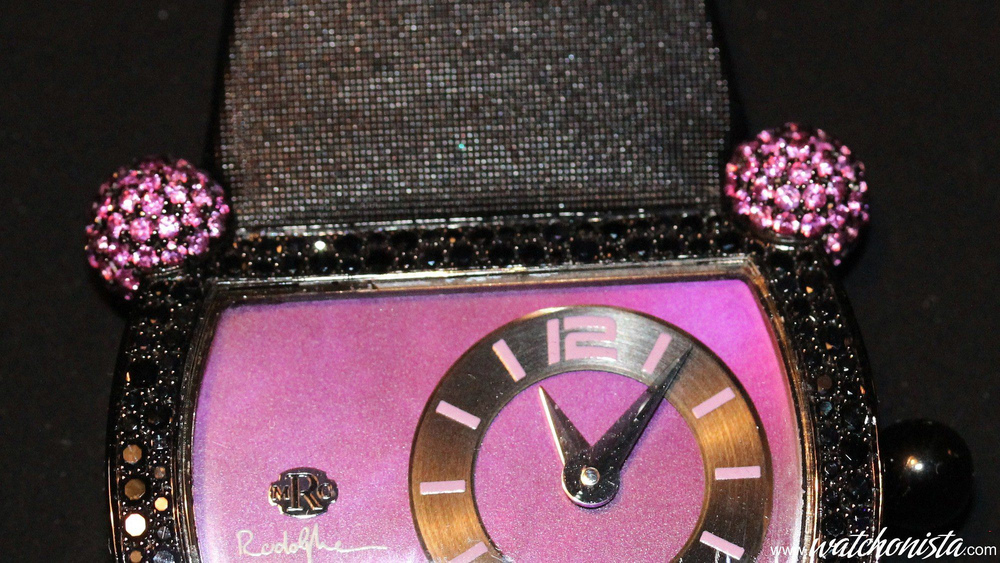
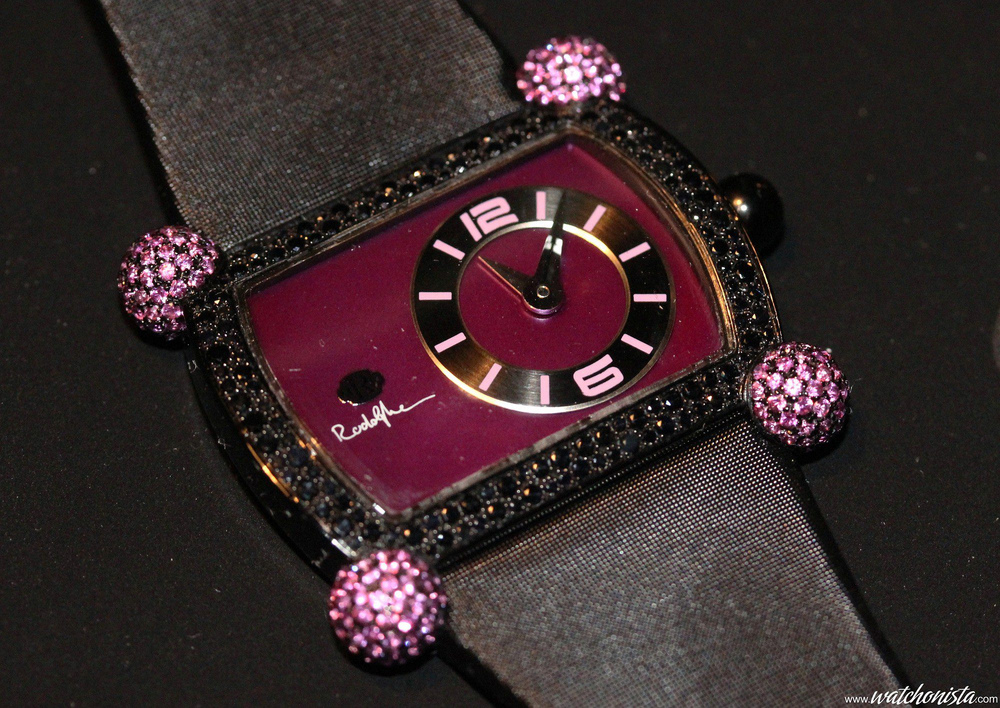
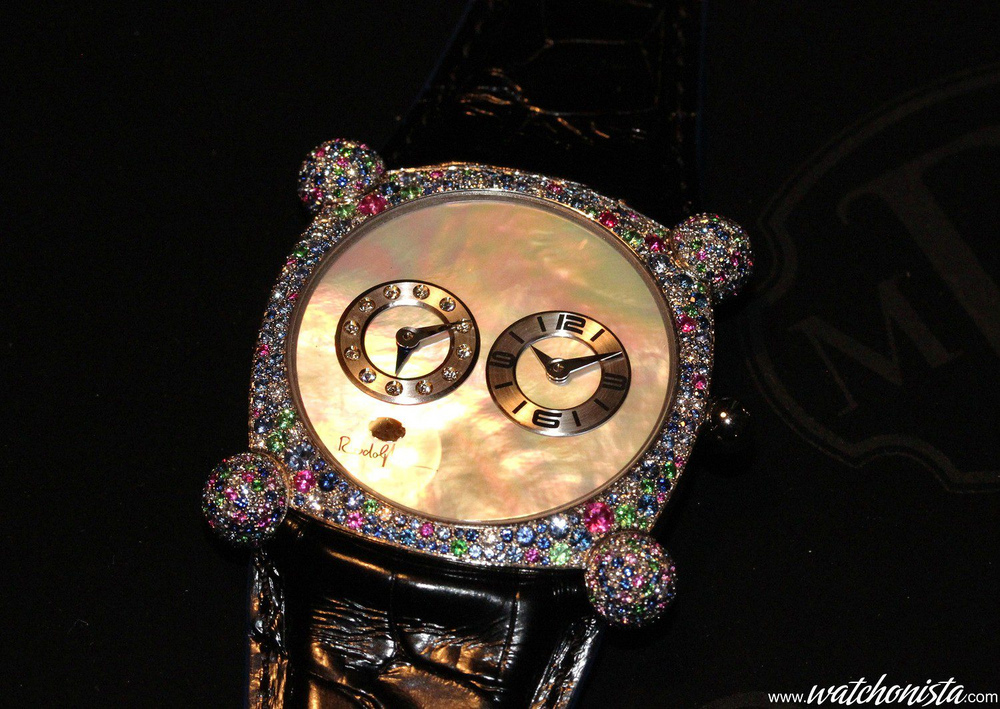
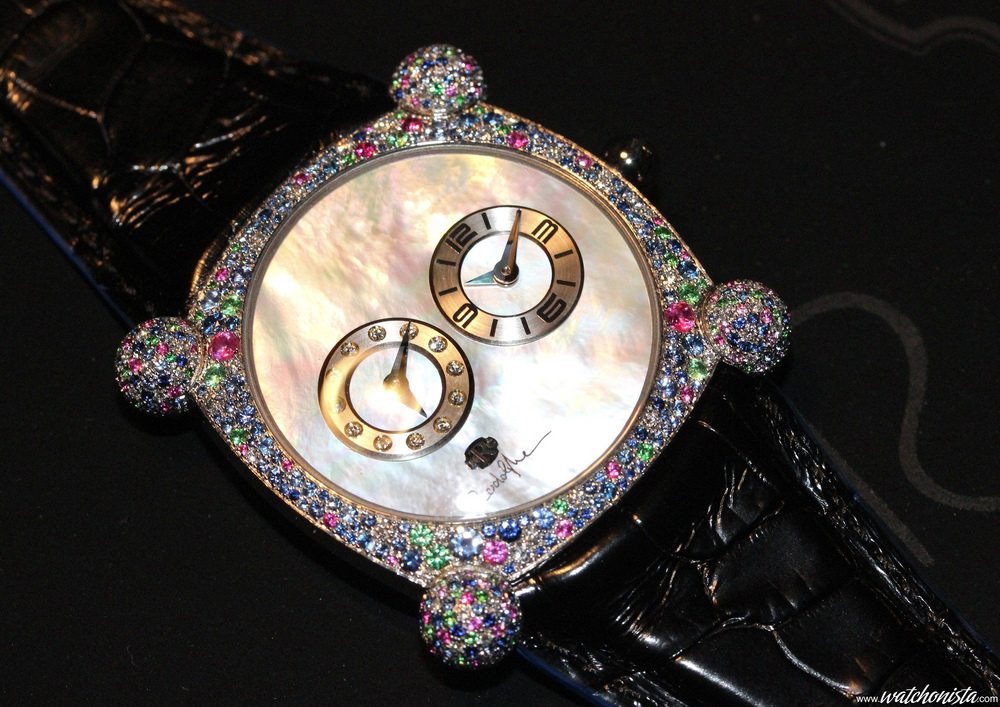
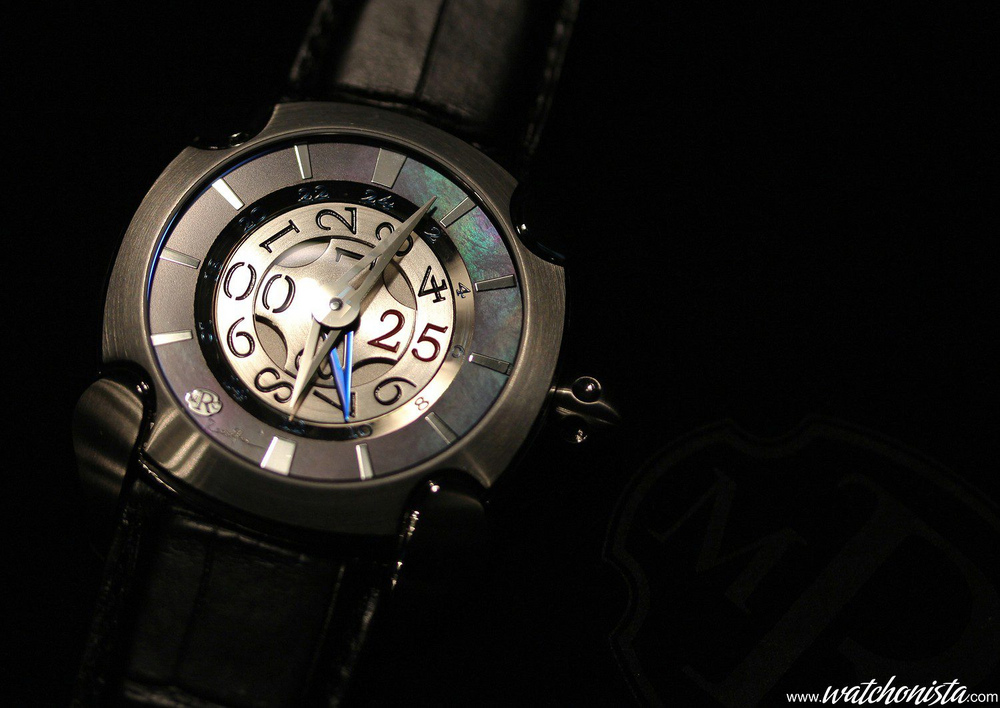
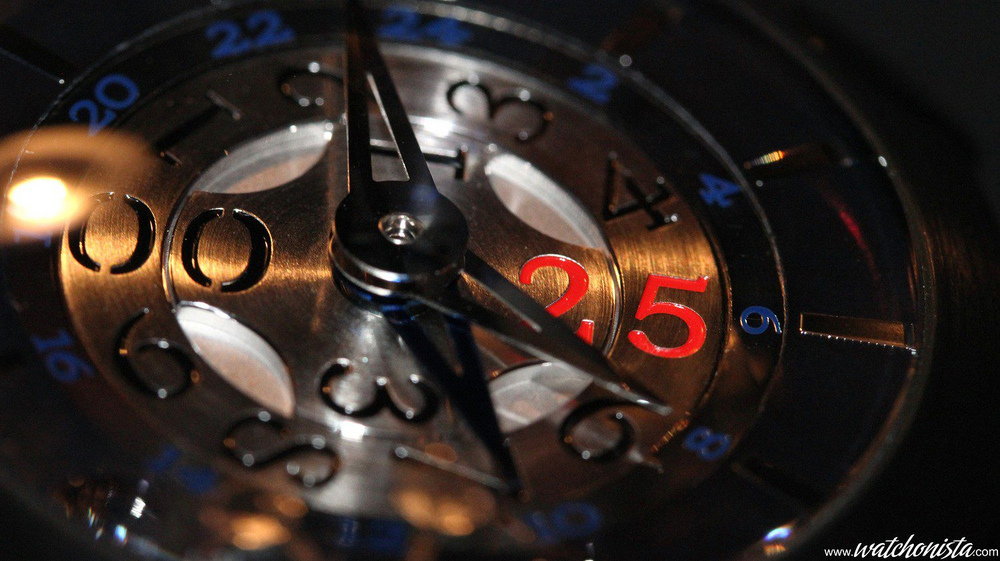
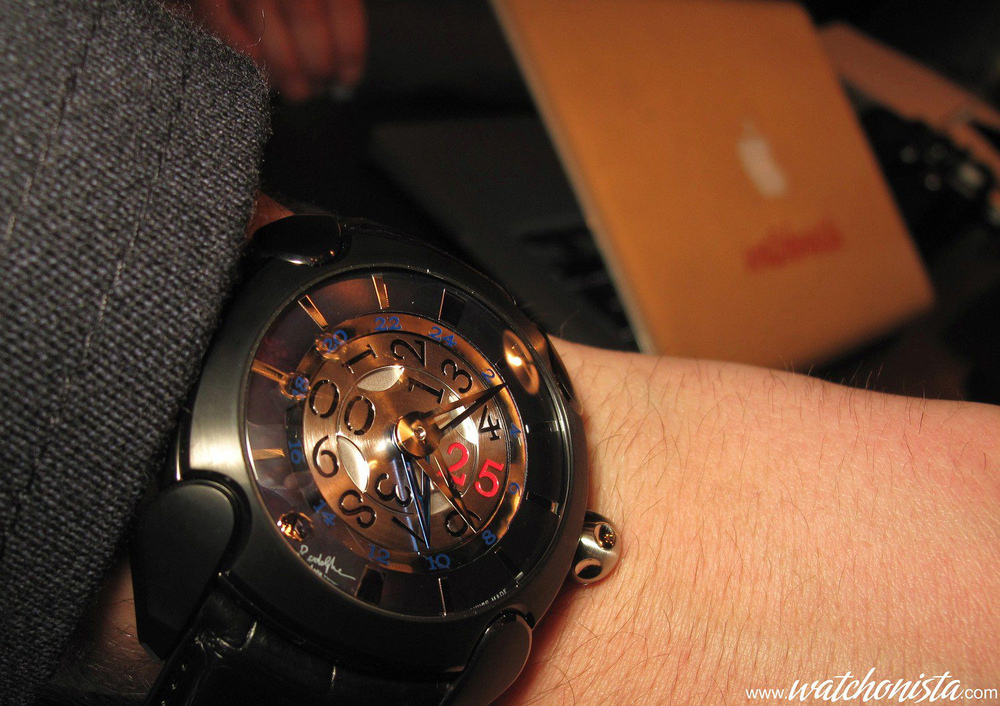
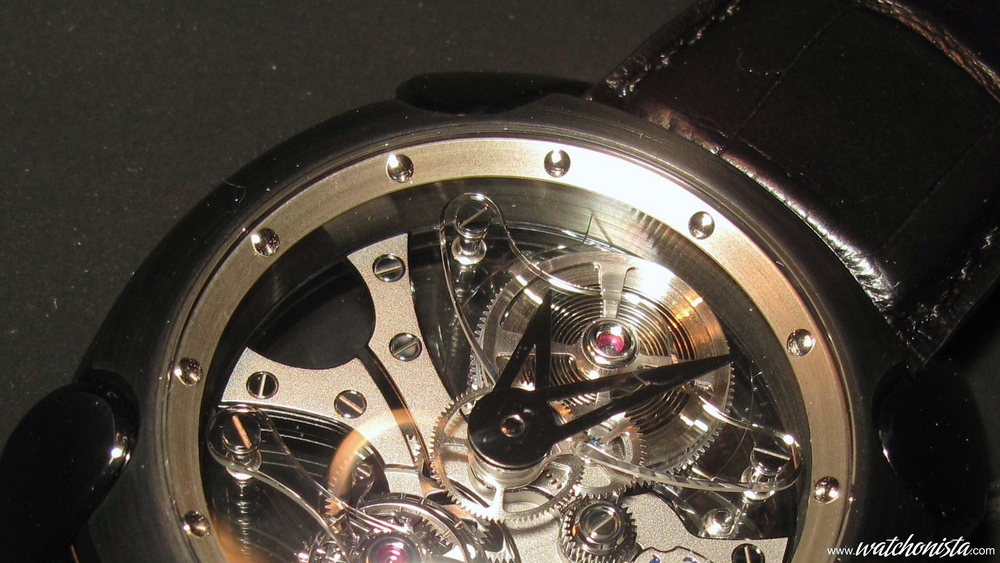
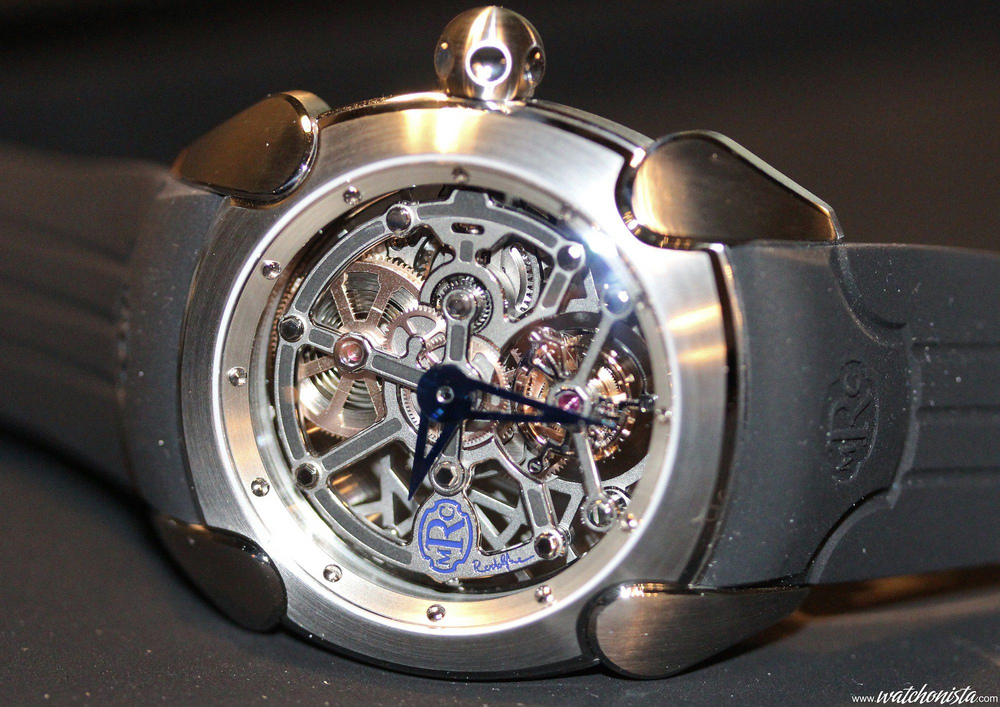
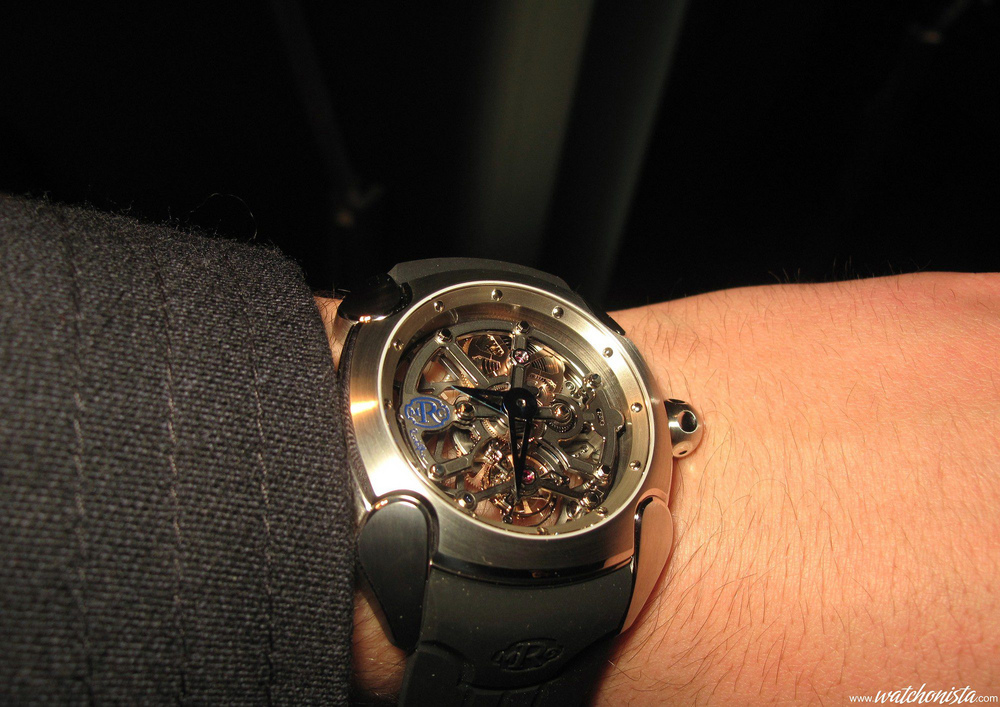



 Odgovor sa citatom
Odgovor sa citatom
Bookmarks sajtovi